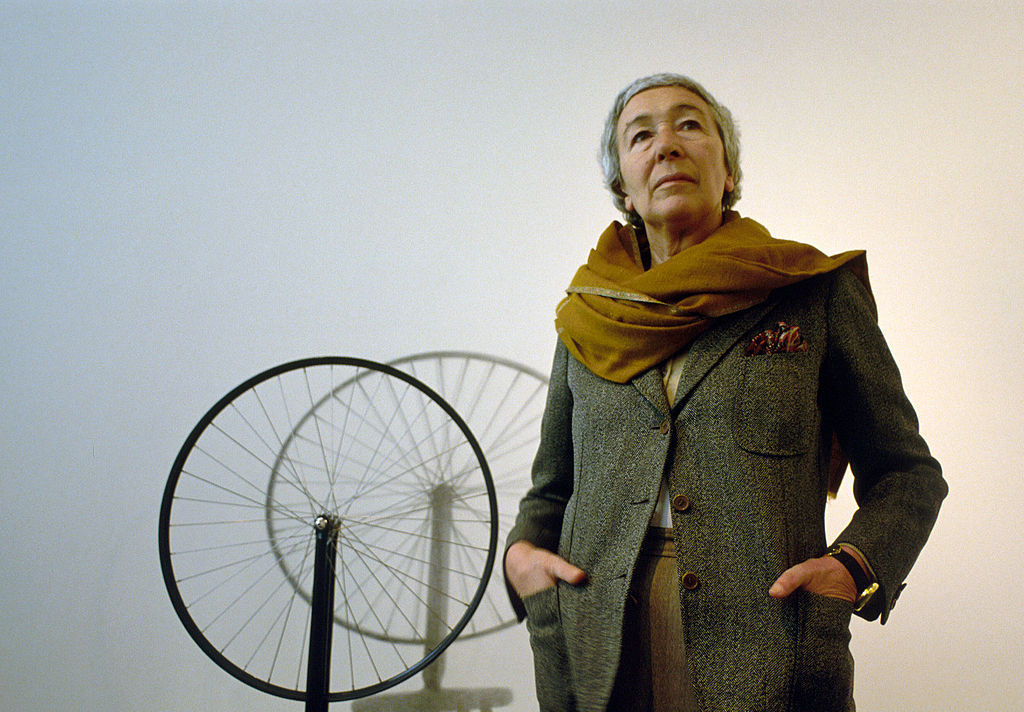“The conscious principle in [design] has been to achieve forms that could create experiences, and that could at the same time welcome everyone’s experiences with the serenity of an effortless development,” said Gae Aulenti, summarizing her philosophy and approach to architecture and design.
Nicknamed the “Grand Dame of Italian architecture”, Aulenti was born in 1927, in Palazzolo dello Stella, a small town in northeastern Italy. She graduated from the Milan Polytechnic University with a degree in architecture in 1954.
Throughout her career that spanned nearly six decades, Aulenti was the ultimate multi-hyphenate creative. “You can’t do architecture without knowing music, philosophy, art, and literature,” she once said in an interview.
In addition to her work as an architect, she designed furniture, exhibitions, lighting, and scenography, playing a crucial role in Italy’s global reputation as a design-forward country.
From Editing Magazines to Repurposing Buildings

Aulenti began her professional career working for the architectural magazine Casabella-Continuità, where she served as an editor from 1955 to 1965. During this time, she had the opportunity to engage with and explore the emerging design movements of the era, which greatly influenced her own work.
In the 1960s and 1970s, Aulenti started gaining recognition for her architectural designs and interior projects. Her renovation of the Musée d’Orsay in Paris, completed in 1986, brought her international acclaim and established her as a prominent architect. The project involved transforming the former railway station into a museum, and Aulenti’s sensitive and innovative design approach was highly praised.
Preserving Historical Context With Modern Methods

In addition to her renowned transformation of the Musée d’Orsay, Gae Aulenti designed a diverse range of buildings, installations and spaces throughout her career, including the Palazzo Grassi in Venice, the Asian Art Museum in San Francisco, Piazzale Cadorna in Milan, Museu Nacional d’Art de Catalunya in Barcelona, Italian Institute of Culture in Tokyo, and the Olivetti Showroom in Venice.
Each project showcased her ability to harmoniously blend modern design elements with historical context, resulting in captivating and functional spaces that left a lasting impact in the fields of architecture and design.
Iconic Furniture Design With Functional Elegance
Gae Aulenti also made significant contributions to industrial and interior design. Her portfolio included iconic furniture pieces, such as the “Locus Solus” collection for Poltronova and the “Pipistrello” lamp for Martinelli Luce, which have become design classics.
Aulenti’s furniture designs exemplified her ability to combine clean lines, functionality, and elegance. She also created lighting fixtures, home accessories, and even exhibition designs, showcasing her versatility and talent across various design disciplines.
Elobrating her approach to designing furniture, Aulenti said: “I aim to create furniture that appears in a room as buildings on a skyline and reminds the viewer of the interaction between objects of design and architectural space.”
Legacy of a Rare Post-War Star
Aulenti was one of the very few women in post-war Italy to rise into national and global prominence as an architect and a designer.
Throughout her career, Gae Aulenti placed significant emphasis on integrating traditional techniques with the demands and needs of contemporary times. The fusion of age-old methods and present-day requirements remained a primary focal point in her work.
After her death in 2012, the then-president of Italy Giorgio Napolitano described Aulenti as a “leading figure of contemporary architecture” with an “extraordinary ability” to combine cultural and historic values with the urban environment.







